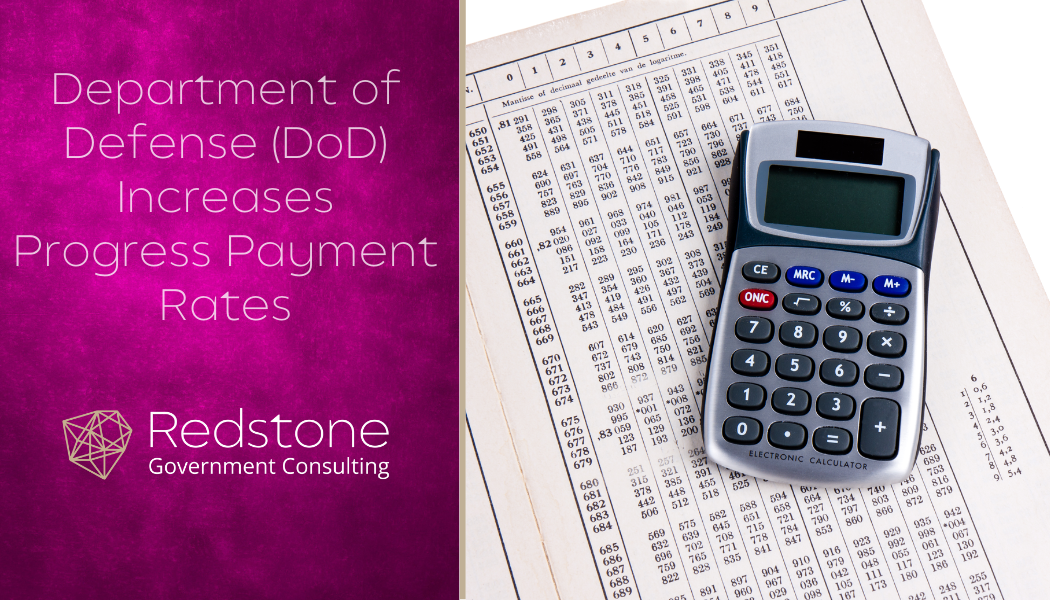In my last blog post, I discussed whether you could have a DCAA Approved Accounting System with QuickBooks. If you read it, then you know the answer is definitely – yes. This begs the next question though: QuickBooks Online (QBO) or QuickBooks Desktop? One might think that they’re essentially the same with one just being a cloud version and the other a local install. That could not be further from the truth. The two products are actually very different in terms of functionality and capabilities. A couple of years ago, I would have told you that QBO was just not an option for a government contractor. Appropriate job costing just couldn’t be done. In recent years though, Intuit has focused a lot of their internal development on QBO, and the product has come a long way. In this article we’ll go over some of the key differences between the two QB options, and hopefully help you decide which is right for you. Note that this is NOT a fully comprehensive comparison of all the different features, but rather a focus on some of the primary differences that are most relevant for government contractors.
Topics: Compliant Accounting Infrastructure, Small Business Compliance, Quickbooks
As more and more companies are acquiring companies or being acquired, a predominant question that arises is can I do work with my new or existing affiliates. The simple answer is yes, but there are specific requirements in the FAR on how transactions are performed between affiliates. The requirements of intercompany transactions are found in two primary cost principles FAR 31.205-26 – Materials Costs and FAR 31.205-36 Rental Costs.
Topics: Compliant Accounting Infrastructure, DFARS Business Systems, DCAA Audit Support, Government Regulations, Federal Acquisition Regulation (FAR)
This is the third blog in a three-part series on progress payments for Government contractors. In this blog we will discuss the estimate to complete, and the adjustments needed when there is a projected loss on a contract.
Topics: Compliant Accounting Infrastructure, Contracts & Subcontracts Administration, DFARS Business Systems, Government Regulations, Federal Acquisition Regulation (FAR), Estimating System Compliance
I talk with business owners all the time that are either just starting their business, or just getting their existing business into government contracting, and one of the questions we address almost weekly is – Which accounting software built for government contractors should I go with? The answer is, maybe none of them. While the popular govcon accounting software solutions are a really good option for many government contractors, you certainly aren’t limited to those. If you’re a relatively small government contractor, then other products such as QuickBooks might be a better software solution.
Topics: Compliant Accounting Infrastructure, Small Business Compliance, Quickbooks
This is the second blog in a three-part series on progress payments. This blog addresses Line 5, Contract Price and Line 11, Total eligible costs on the SF1443 Contractor’s Request for Progress Payment Form.
Topics: Compliant Accounting Infrastructure, Contracts & Subcontracts Administration, DFARS Business Systems, Government Regulations, Federal Acquisition Regulation (FAR)
This is the first blog on a three-part series on progress payments and discusses progress payments and the applicable rates.
Topics: Compliant Accounting Infrastructure, Contracts & Subcontracts Administration, DFARS Business Systems, Government Regulations, Federal Acquisition Regulation (FAR)
DCAA issued some guidance on PPP forgiveness treatment in the form of frequently asked questions (FAQs) to its auditors. The FAQs were not front and center on DCAA’s website but search on “PPP” did find them at: COVID FAQ for PWS 07142021 (dcaa.mil).
Topics: Compliant Accounting Infrastructure, Incurred Cost Proposal Submission (ICP/ICE), Small Business Compliance, Contracts & Subcontracts Administration, DCAA Audit Support, Defense Procurement & Acquisition Policy (DPAP), Government Regulations, COVID-19, Paycheck Protection Program (PPP) Loans, Federal Acquisition Regulation (FAR)
On October 4, 2021, the Department of Health and Human Services (HHS) proposed an amendment to its Federal Acquisition Regulation (FAR) Supplement to support the HHS Electronic Invoicing Implementation Project and HHS’s transition to the Department of the Treasury’s Invoice Processing Platform. This rule would add HHS Acquisition Regulation (HHSAR) Subpart 332.70 (which is comprised of HHSAR 332.7000 through 332.7003) Electronic Submission and Processing of Payment Requests to provide policies and procedures for these requests.
Topics: Compliant Accounting Infrastructure, Government Regulations, Federal Acquisition Regulation (FAR)
Deltek Costpoint Planning provides access to up-to-date, accurate information for developing, adjusting, auditing, approving, and re-forecasting project budgets and annual operating plans. We usually see three types of users in the Planning module: Business Development, Project Managers, and Project Control/Financial Analysts. Business Development users have access to develop new business budgets. Project Managers can create project budgets and run meaningful reports allowing them to make real time decisions and properly manage their programs. Project control/financial analysts can develop organization budgets and reconcile corporate and project budgets more accurately to better forecast their indirect rates.
Topics: Compliant Accounting Infrastructure, Proposal Cost Volume Development & Pricing, Deltek Costpoint
The Redstone GCI Costpoint group finalized participation in the Early Adopter 8.1 testing program at the end of June. In this wrap-up we want to focus on the Projects and Contracts modules of Costpoint, as well as some additional highlights for Time and Expense. We are thankful for the opportunity to partner with Deltek on this program and are excited to see the new release of the update in the future.
Topics: Compliant Accounting Infrastructure, Deltek Costpoint










